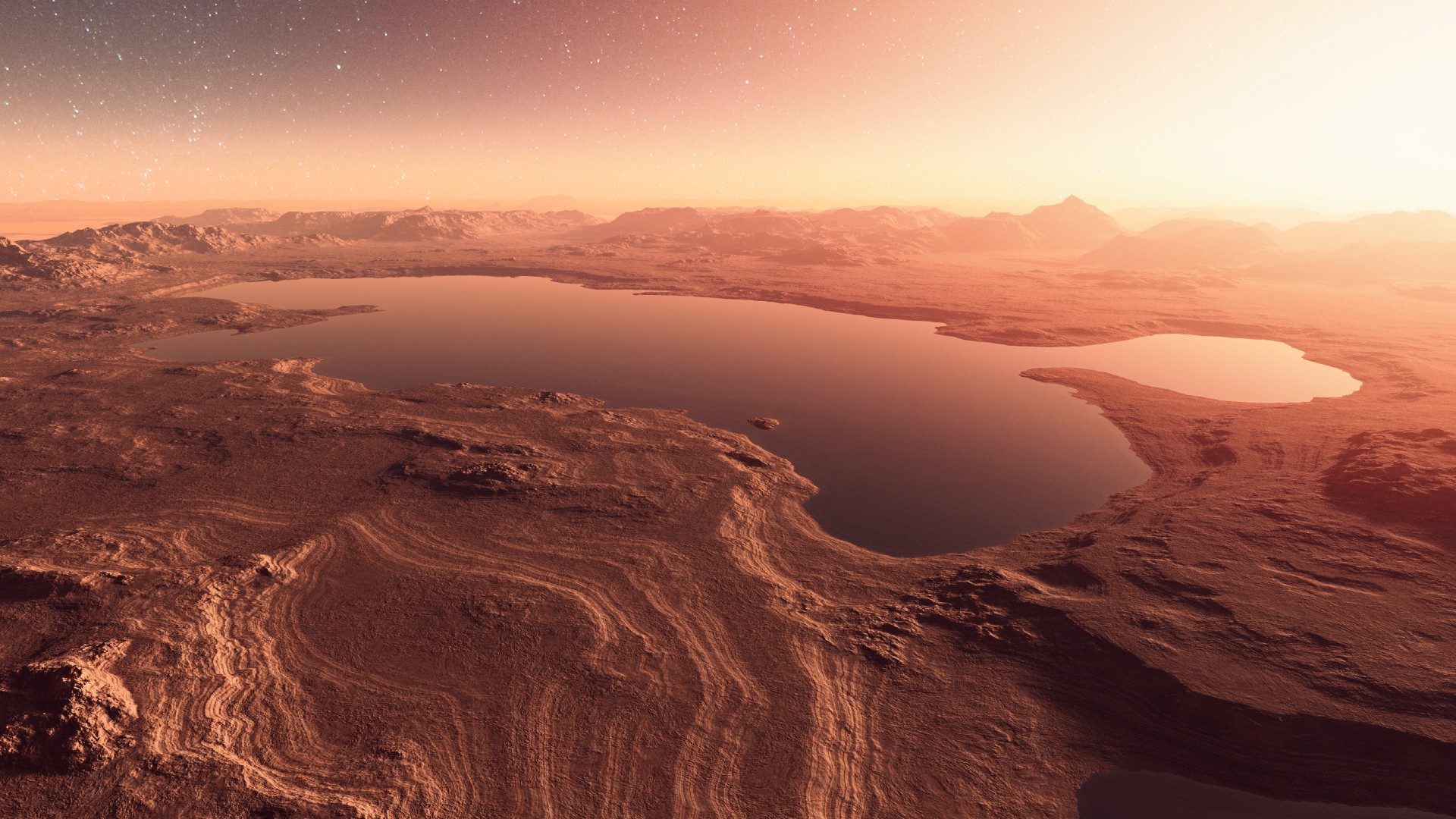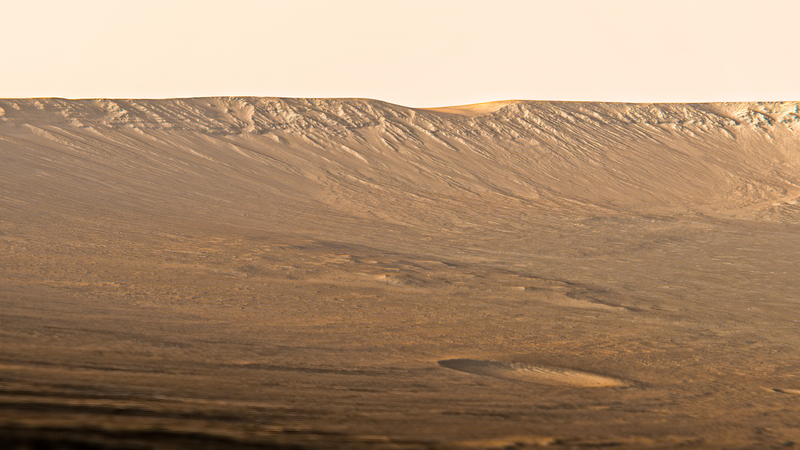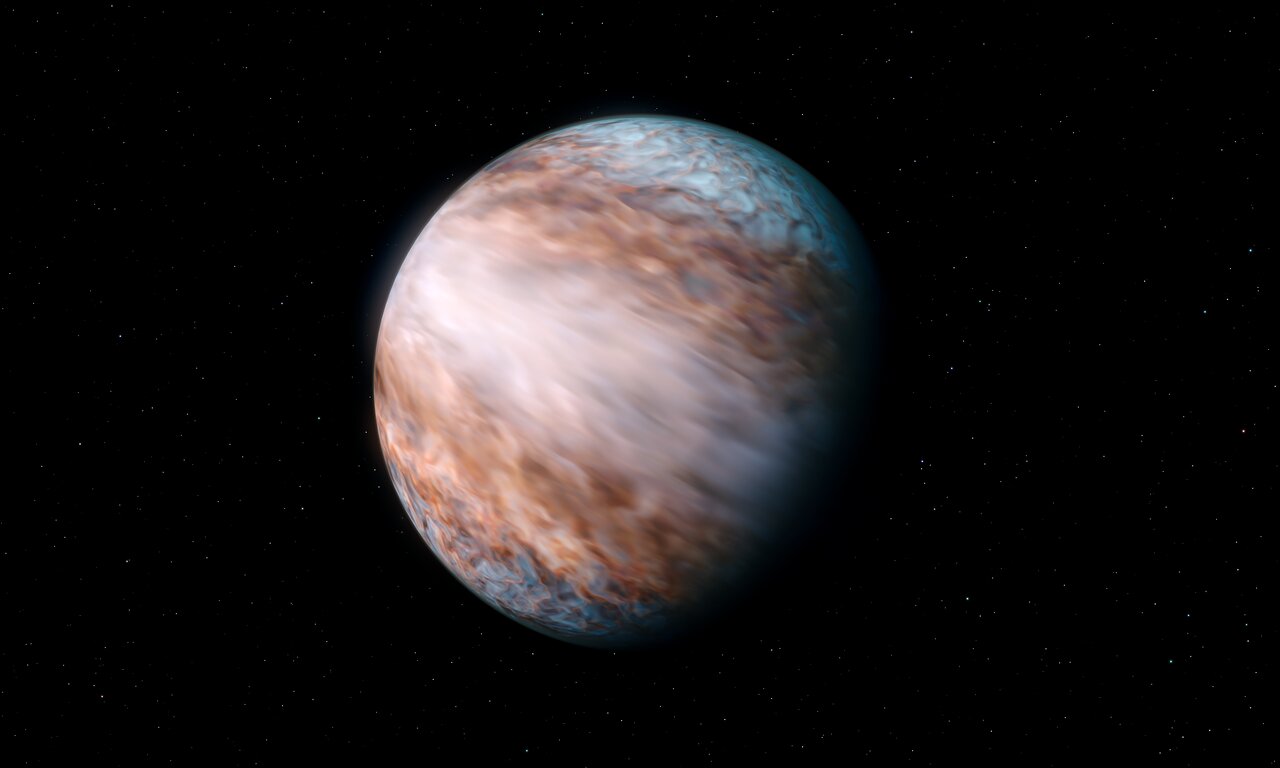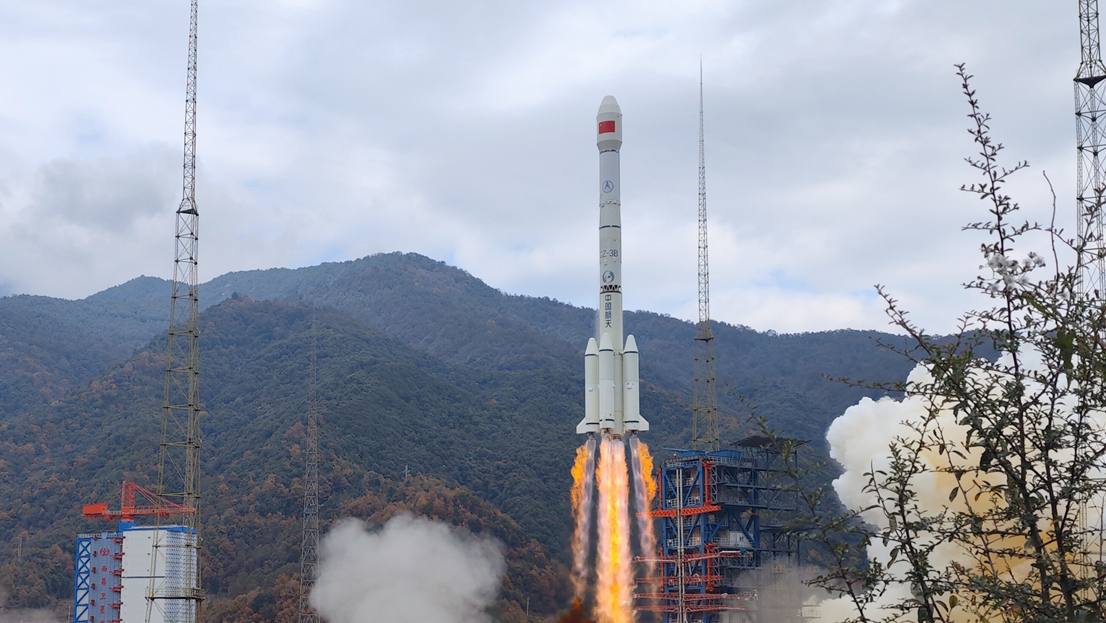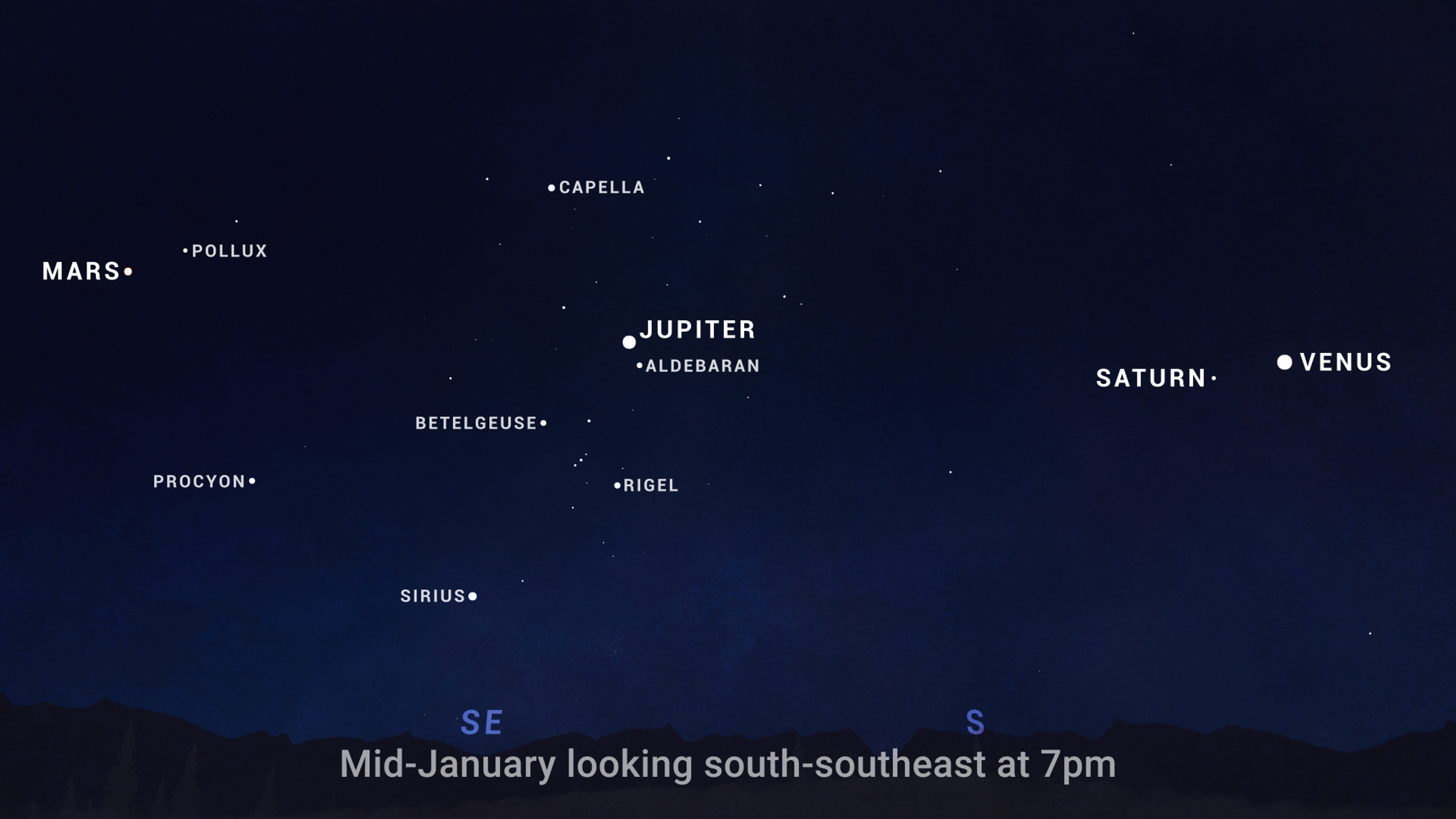New data is challenging what scientists previously knew about one of the youngest geological features on the Red Planet.
That feature is Athabasca Valles, a system of valleys carved into volcanic plains on Mars. The Athabasca Valles system offers key insights into the history of water on the Red Planet, and its volcanic features such as crater-like rootless cones hint at brief episodes in Mars’ past when water flowed on its surface. These small, conical mounds formed when lava interacted explosively with water or ice, marking the presence of underground ice near the surface at the time of eruption.
The new findings raise questions about Mars’ history, suggesting either that ancient floods were far more colossal than previously believed, or that the planet’s climate once supported more extensive and persistent water than scientists imagined.
“The current and past locations of water ice are an important piece of the history of Mars,” Colin Dundas, a research geologist with the U.S. Geological Survey told Space.com. “Understanding this history is a goal […] because it can tell us about the habitability of Mars, its climate, and where ice could be found by explorers today.”
The presence of lava introduces a significant challenge in deciphering the geological history of the Athabasca Valles system. This lava blankets the valley floor, walls, and much of the surrounding plains, obscuring older geological features and complicating efforts to date and understand the processes that shaped this enigmatic Martian landscape.
“Rootless cones form when lava flows over wet or icy ground, causing it to boil and explode,” said Dundas. “The region around Athabasca Valles is covered by a huge lava flow field, and seeing rootless cones on that lava tells scientists that there was ice underground but very close to the surface when that lava erupted.”
Researchers say the location of the cones, in particular, complicates our understanding of the history of water on Mars. “The Athabasca Valles area in particular is interesting because it is near the equator, where ice is not found near the surface at present,” explained Dundas. Mars is extremely dry, and any ice near the equator would quickly sublime and migrate toward the planet’s colder poles.
However, the presence of rootless cones suggests a very different past, and there are competing theories about how they could have come to exist in the region.
“Scientists think that ice moves around as the tilt of Mars’ axis changes,” said Dundas, “but for ice to accumulate near the equator requires much wetter conditions.”
Flooding seems like a logical explanation — perhaps water from a distant region was pushed into the area during a volcanic eruption, forming the rootless cones. But the problem is that traditional models of Martian floods don’t quite add up. These models predict flood volumes that could not have flowed far enough to reach the Athabasca Valles, where the cones are located.
This initially suggests something more dramatic may have been at play: Could there have been massive “megafloods” of water from underground in the past few millions of years?
To explore this, Dundas and his team ran models based on flood volumes and flow rates that could occur if water were trapped deep underground. But the theory fell short. “Even the largest floods we modeled couldn’t reach far enough to explain all the rootless cones we see,” Dundas explained.
A much more likely alternative, the team argues, is that ice was already present in the region at the time of the eruption, formed by atmospheric conditions. For this to happen, the equator would have needed to be cold and humid for a long period, allowing significant ice buildup. However, only some climate models predict such conditions.
Alternatively, volcanic activity might have released water vapor, creating a more humid climate that could lead to ice deposition. But these processes are unlikely to produce large-scale ice accumulation far from the volcanic source. And finally, a less likely though possible explanation is that rootless cone formation on Mars works differently than on Earth and doesn’t involve significant water or ice at all.
While no definitive conclusions were reached, the team emphasizes that further research into shallow equatorial ice, lava erosion, and outflow channel processes is crucial for understanding Mars’ history.
“Athabasca Valles remains a very interesting region of Mars for understanding both the history of water and ice, and some of the youngest volcanic activity on the planet,” concluded Dundas. “Our study helps to understand one key part of that history.”
A new study of flooding in Athabasca Valles was accepted for publication in March 2025 in the journal Icarus.

